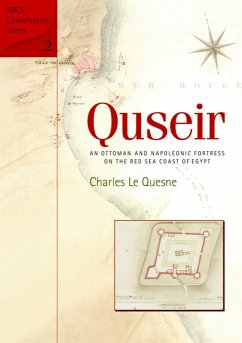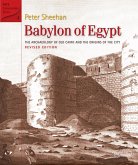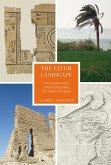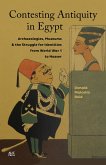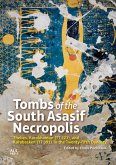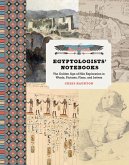This volume presents the results of recent archaeological and historical studies of the Ottoman fort of Quseir, which was Upper Egypt's only direct outlet to the Red Sea at that time. Illustrated with over 100 maps, drawings, and photos, this groundbreaking study examines a key example of Ottoman-era material culture in Egypt--a topic largely overlooked by archaeologists. With contributions from seven historians and archaeologists, Quseir traces the development and history of an important Ottoman fortress, built near an abandoned medieval port. Its establishment was part of a constant struggle by the Ottoman state tomaintain control of the desert and the routes across it. Studies of the archaeological remains from the fort reveal the presence of reused stones from a Greco-Roman temple and emphasize its key role as a regional grain entrepot and port of embarkation for Muslim pilgrims on theway to Mecca.Quseir is a portrait of a place at the boundary of two powerful cultural and economic systems. While serving as an outlet for the pilgrims and produce of Upper Egypt, Quseir also played a role in the distinctive maritime culture of the Red Sea. This study also reveals in detail forthe first time the story of the struggle between the British and French for control of Quseir during the Napoleonic occupation of 1798-1801. Drawing on recent archaeological investigations and new archival research, Quseir offers important new scholarship on a keyOttoman site.American Research Center in Egypt Conservation Series 2
Hinweis: Dieser Artikel kann nur an eine deutsche Lieferadresse ausgeliefert werden.
Hinweis: Dieser Artikel kann nur an eine deutsche Lieferadresse ausgeliefert werden.

